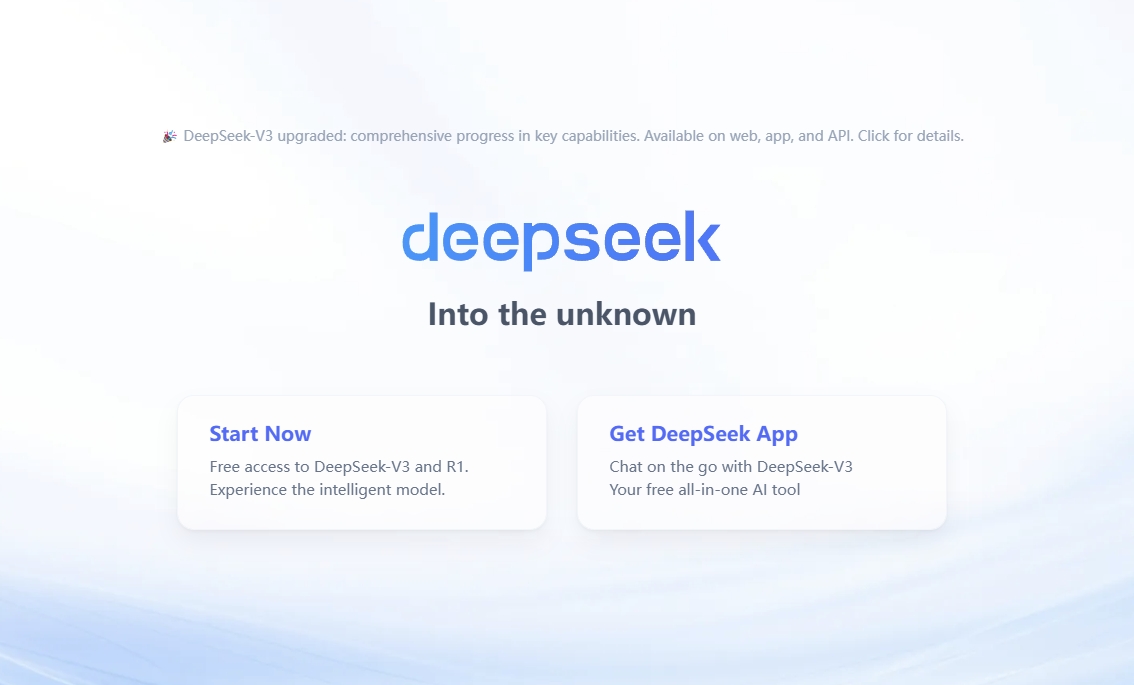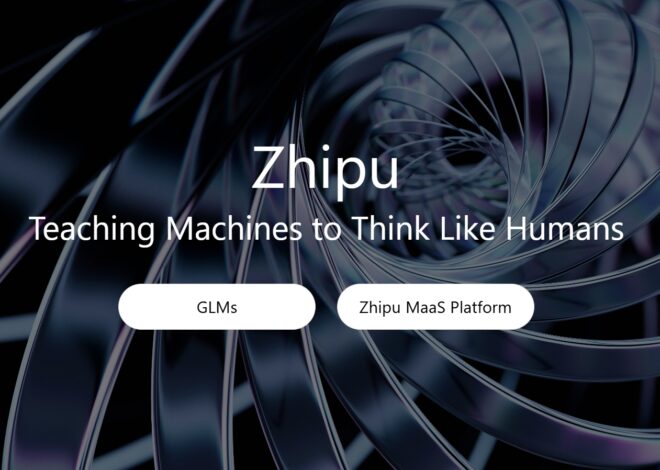
DeepSeek-V3 Defeats R1 to Claim Open-Source Supremacy; Hangzhou Dark Horse Shakes Silicon Valley’s AI Dominance, Erasing the $1 Trillion Market Cap Myth
DeepSeek-V3 Tops the Open-Source Model Rankings; OpenAI Plans to Open-Source in Response.
DeepSeek is on a roll again! Last week’s release of DeepSeek-V3-0324 surpassed its predecessor, DeepSeek-R1, on the LMSYS Chatbot Arena rankings, claiming the throne as the open-source AI champion. The ripple effects of DeepSeek’s Lunar New Year breakthroughs continue to spread!
According to AI product analytics platform aitools.xyz, DeepSeek’s monthly new website visits have overtaken ChatGPT. As a breakout phenomenon, DeepSeek’s growth speed not only sets a new benchmark for AI products but also redefines the global AI competition landscape.
DeepSeek isn’t just “outcompeting” rivals—it’s even outdoing itself. On LMSYS, DeepSeek-V3-0324, released less than two weeks ago, has already dethroned the once-dominant DeepSeek-R1! Ranking in the top 5 across all categories, V3-0324 is now the No. 1 open-source model under the MIT license. And this is before the release of DeepSeek-R2—when R2 drops, the AI community might witness another sleepless night.
But “the revolution is far from complete.” ChatGPT still holds a commanding 43.16% market share, with weekly active users exceeding 500 million. Meanwhile, OpenAI has decided to counter DeepSeek’s disruption by returning to open-source. CEO Sam Altman announced today that OpenAI will release its first inference model since GPT-2 within the coming months. How will it stack up against R1? And if R2 goes open-source early, what will OpenAI do next?
DeepSeek R1 Dethroned by V3
The evolution of DeepSeek-V3-0324 is nothing short of extraordinary. On current rankings, it rivals closed-source giants like Gemini 2.0 Pro, GPT-4.5 Preview, and Gemini 2.0 Flash Thinking. In other words, after the top three closed-source models—Gemini 2.5 Pro, GROK 3, and GPT-4o—DeepSeek-V3 stands as the brightest star in the open-source realm.
Across all evaluation categories, V3-0324 claims first place in coding and Multi-Turn dialogue. It also delivers stellar results in benchmarks like mathematics, creative collaboration, and long-form queries.
Developers have been awed by V3-0324’s programming prowess. One developer built a game with a single command, declaring, “The coding revolution is here—even novices can master it.” V3 generated 800 lines of flawless code to construct a website in one go.
DeepSeek Breaks Silicon Valley’s Edge
A long-standing narrative claims, “America innovates; China iterates.” But in January this year, Chinese startup DeepSeek shattered this “law” with its first inference model, DeepSeek-R1, which rivaled OpenAI’s o1 released months earlier.
R1’s debut was not only groundbreaking but also shockingly cost-effective. The final training round for its predecessor, V3, cost just $6 million—a fraction of the tens or hundreds of millions spent by U.S. competitors, as noted by AI luminary Andrej Karpathy.
As R1 soared to the top of download charts, panic swept through Big Tech investors. Companies like NVIDIA and Microsoft saw over $1 trillion in market value evaporate. Altman, voicing his anxiety, hinted at embracing open-source—following DeepSeek’s playbook—to slash costs by making models publicly accessible and modifiable.
Altman’s Open-Source Regret
George Washington University assistant professor Jeffrey Ding remarked, “Many have underestimated China’s ability to develop cutting-edge, transformative technologies.”
Overnight, corporations across industries rushed to integrate R1 into their products. DeepSeek’s success has acted as a “stimulant,” turbocharging economic growth in unimaginable ways. Meanwhile, investors are flooding into Chinese tech stocks.
The Path to Rapid Ascent
DeepSeek’s rise proves that Chinese AI startups don’t need massive funding to compete globally. The turning point came in fall 2024, when the gap between Chinese and U.S. models began narrowing.
Chinese firms have focused on optimizing smaller models in the open-source domain, dramatically improving training efficiency. Open-source models also help build larger user ecosystems. Alibaba has been instrumental in this shift: the top 10 LLMs on Hugging Face’s performance rankings are all trained on its Tongyi Qianwen model.
China’s vast market is another key factor. After Tencent integrated DeepSeek’s models into WeChat (used by over 1 billion users), adoption exploded, propelling DeepSeek to stardom in China’s AI sector.
Talent is equally critical. Chinese universities produce a steady stream of skilled engineers, providing startups with a deep talent pool. The quantity and quality of these graduates far surpass what U.S. institutions can match.
Today, DeepSeek is no longer just a company—it’s synonymous with open-source AI and low-cost innovation. By dismantling Silicon Valley’s technical supremacy and redefining global competition through efficiency, DeepSeek has rewritten the rules of the AI era.
References:
https://x.com/ai_for_success/status/1906744310512648586

